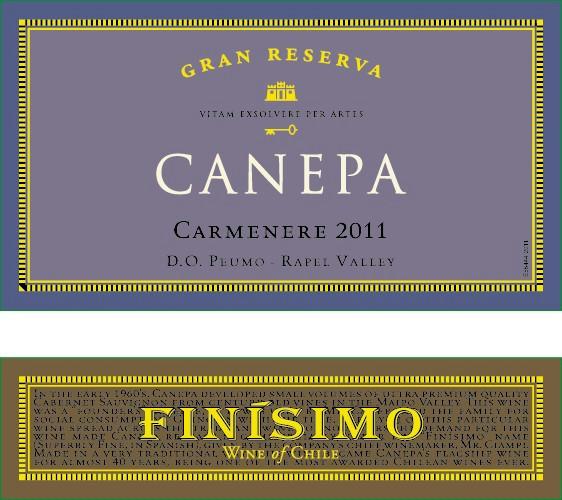2011 Rapel Valley Carmenere
Canepa Finisimo 2011 is a stunning expression of Carmenere hailing from the picturesque Rapel Valley. This red wine enchants with its full-bodied character, delivering a depth and richness that captivates the senses. Its acidity is bright and lively, providing a refreshing balance to the wine's robust structure. The fruit intensity shines through with prominent notes of dark berries, enhanced by subtle hints of spice and herbal undertones. Tannins are notable yet smooth, supporting the wine's harmonious profile without overwhelming it. On the dryness scale, this offering leans towards dry, making it a delightful choice to complement a variety of hearty dishes or to savor on its own. Overall, Canepa Finisimo stands as a testament to the exceptional winemaking in the Rapel Valley, promising a memorable tasting experience.
Canepa Finisimo 2011 is a stunning expression of Carmenere hailing from the picturesque Rapel Valley. This red wine enchants with its full-bodied character, delivering a depth and richness that captivates the senses. Its acidity is bright and lively, providing a refreshing balance to the wine's robust structure. The fruit intensity shines through with prominent notes of dark berries, enhanced by subtle hints of spice and herbal undertones. Tannins are notable yet smooth, supporting the wine's harmonious profile without overwhelming it. On the dryness scale, this offering leans towards dry, making it a delightful choice to complement a variety of hearty dishes or to savor on its own. Overall, Canepa Finisimo stands as a testament to the exceptional winemaking in the Rapel Valley, promising a memorable tasting experience.




